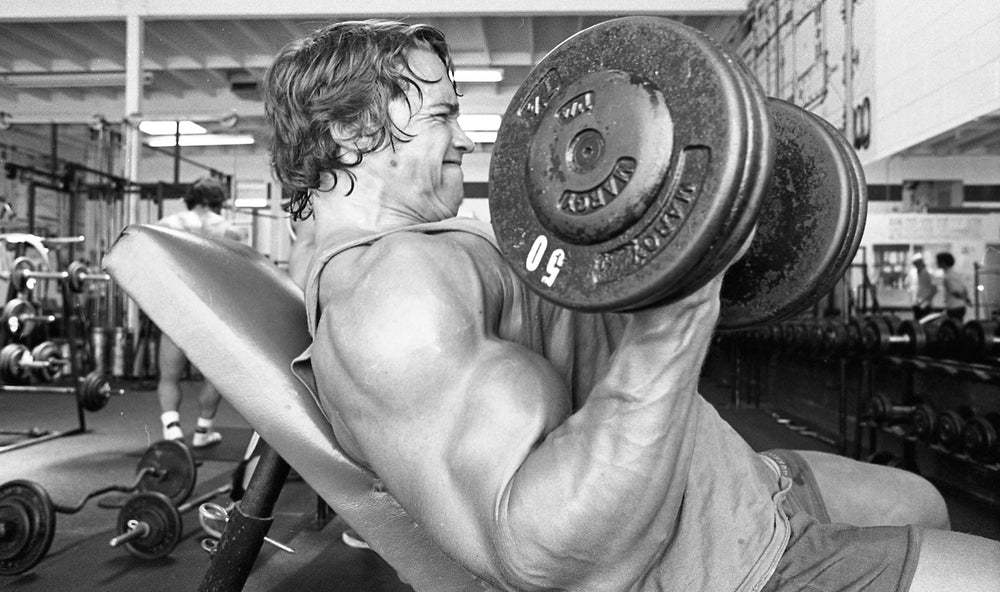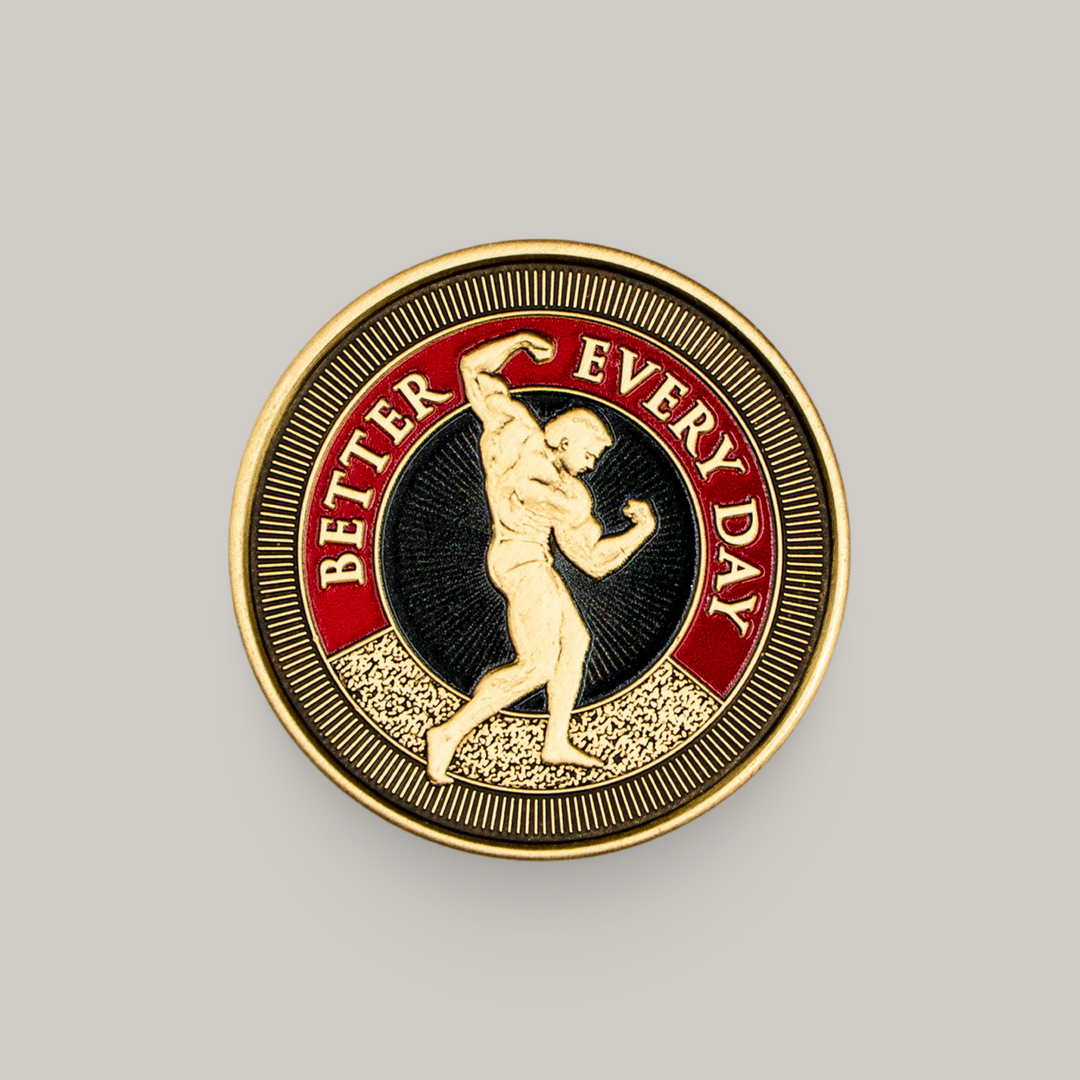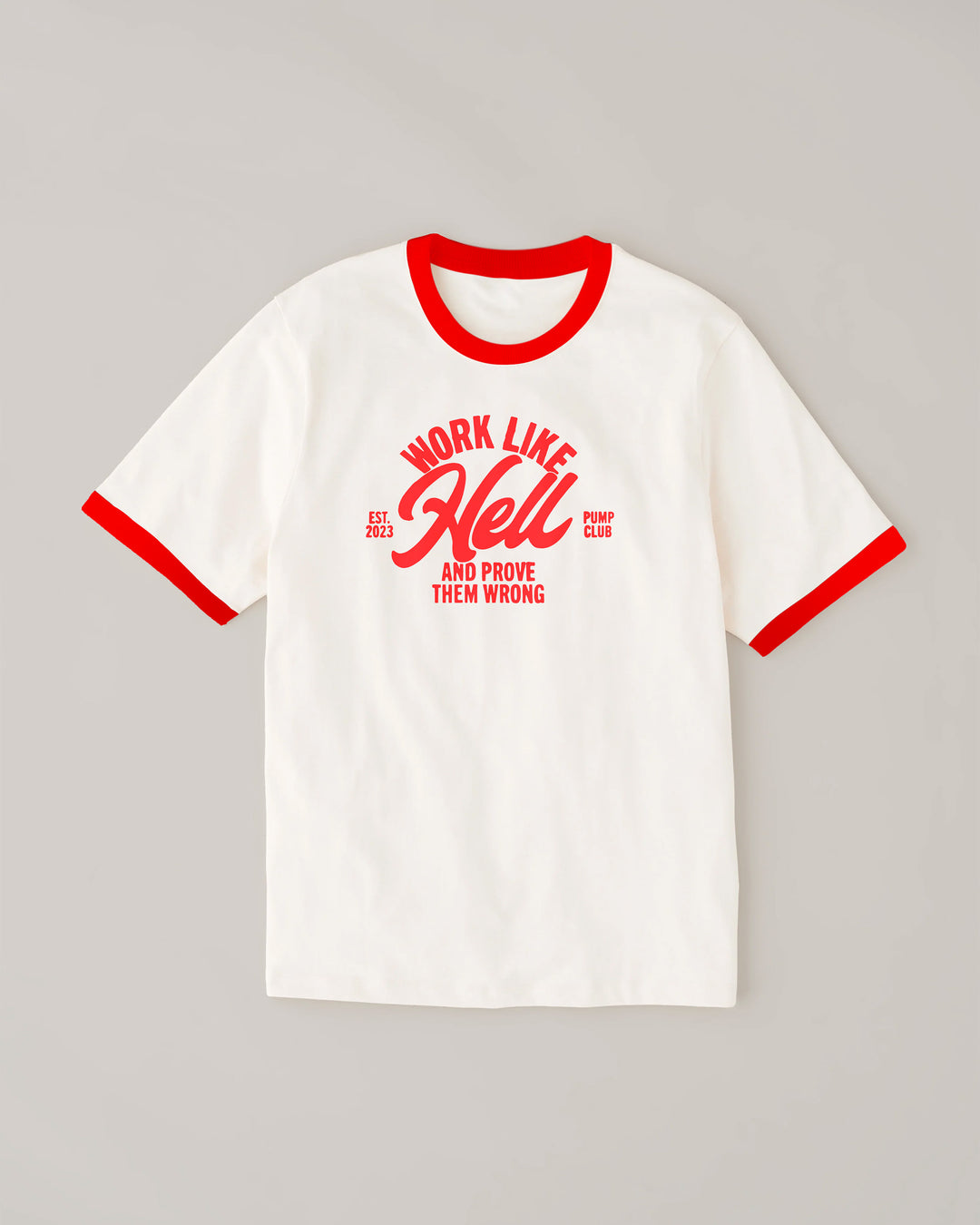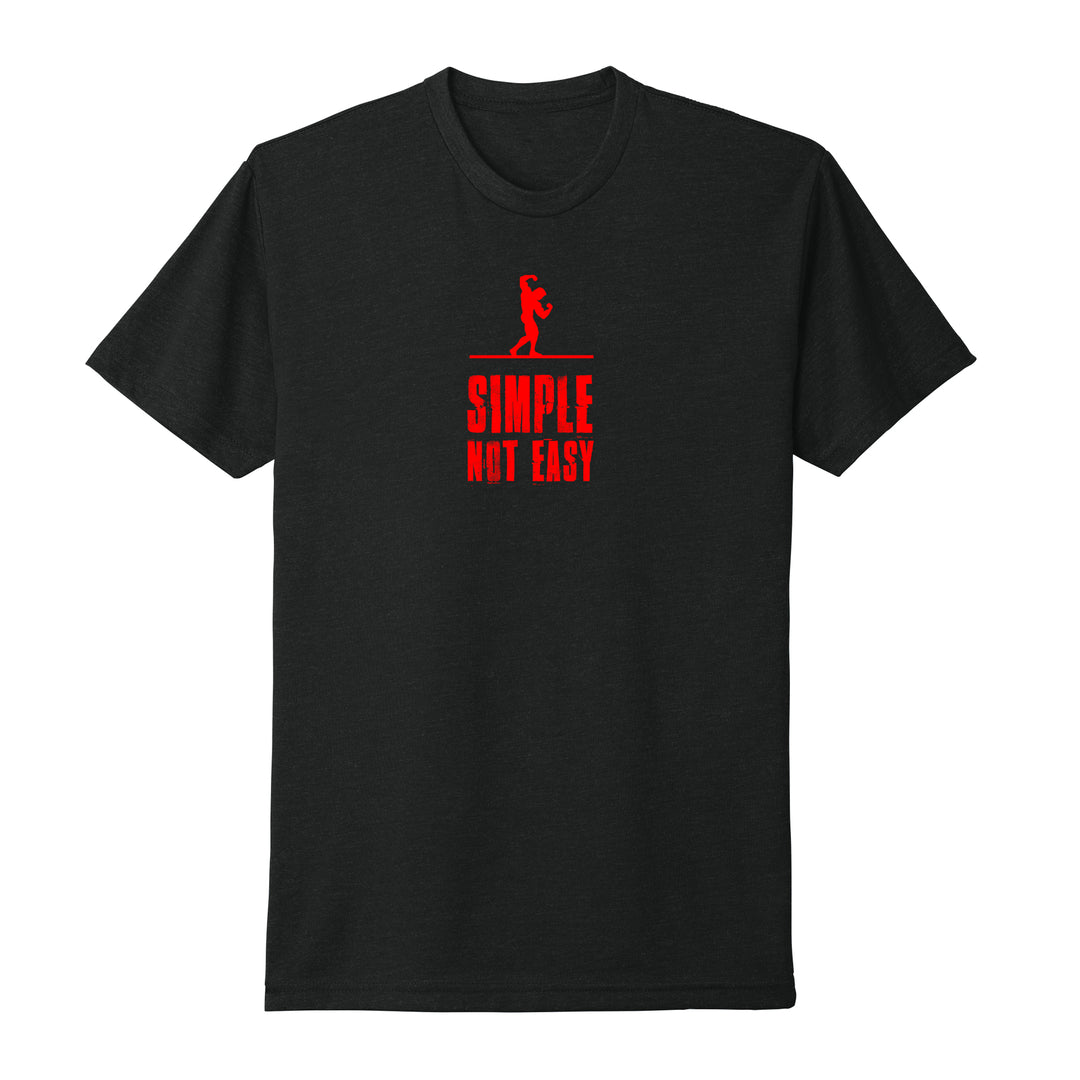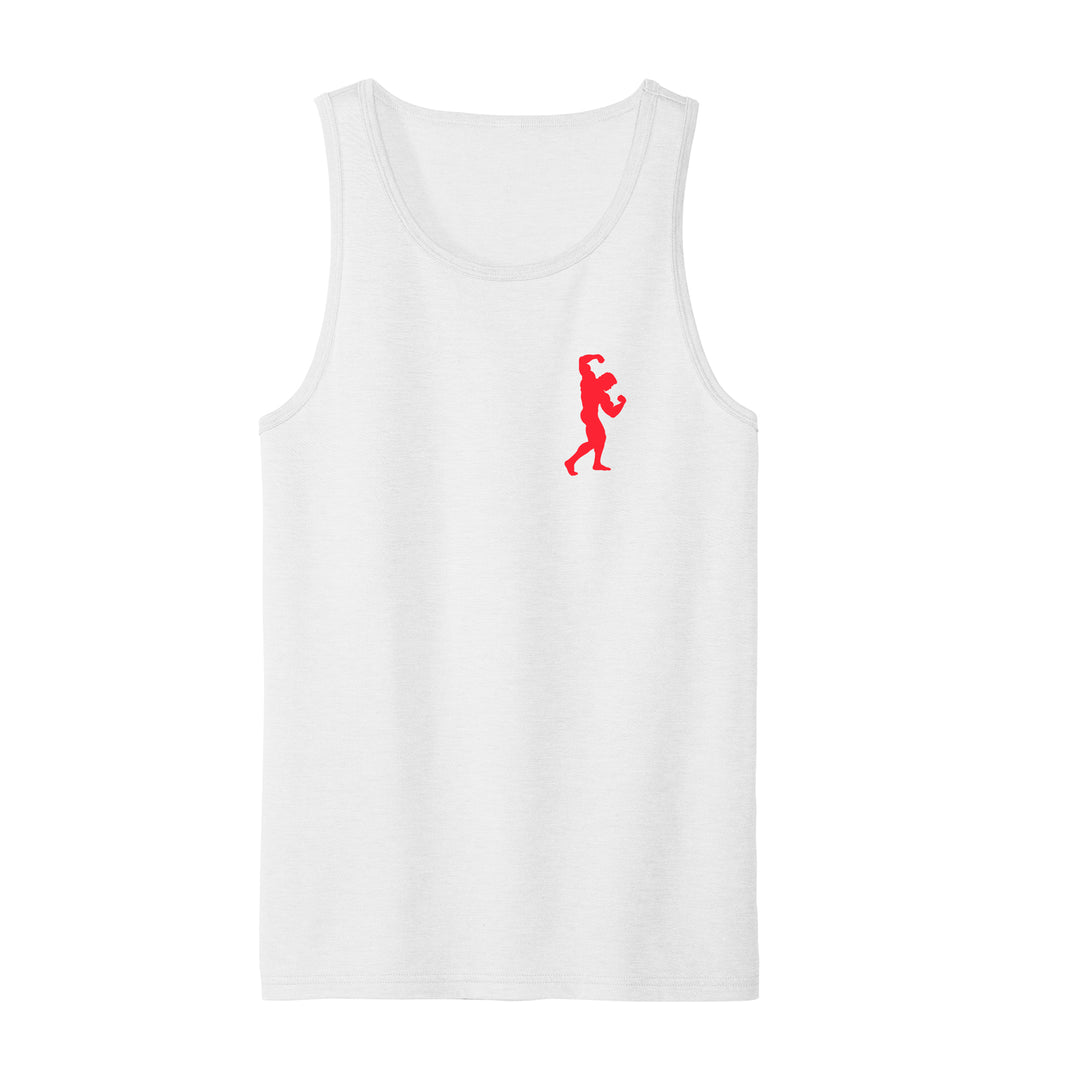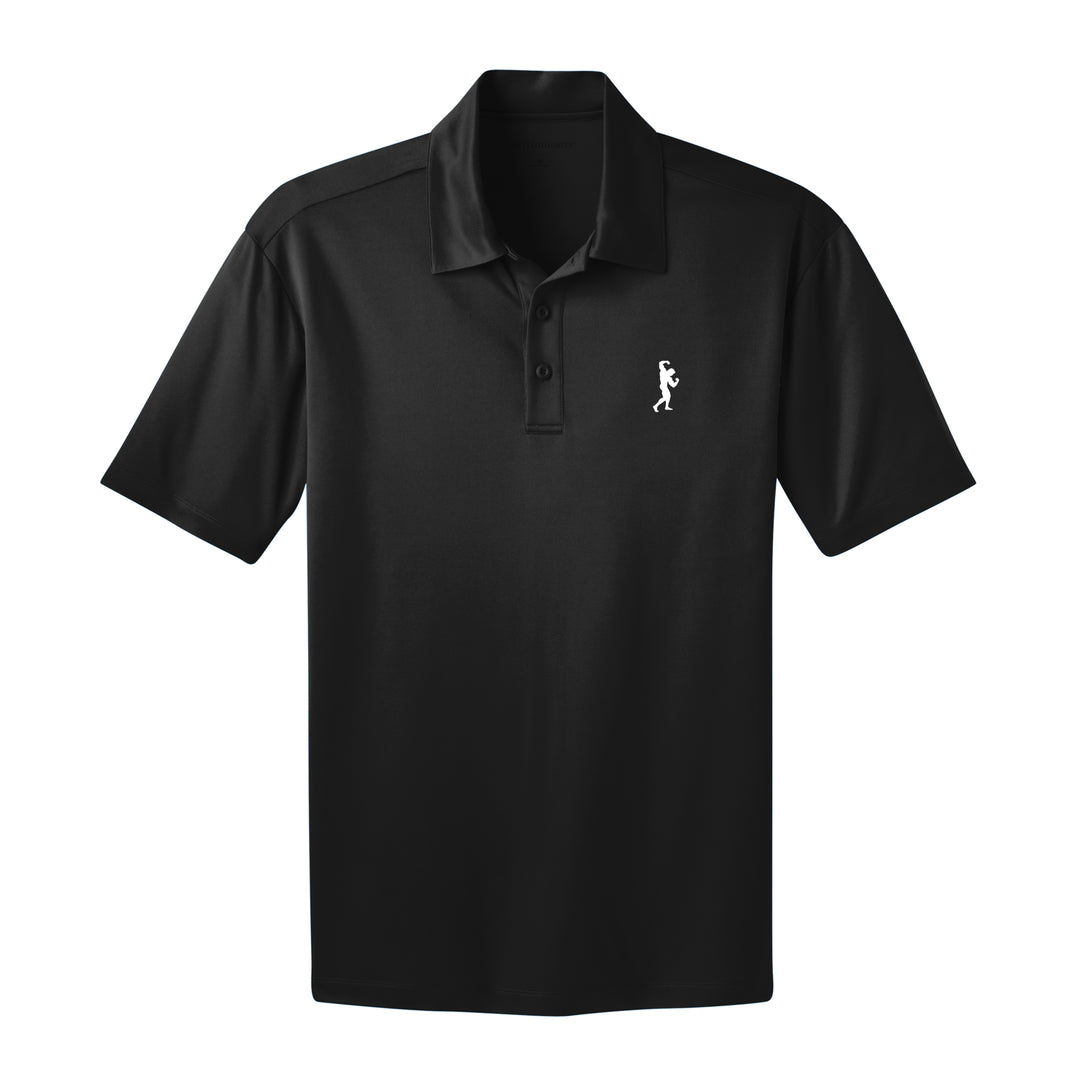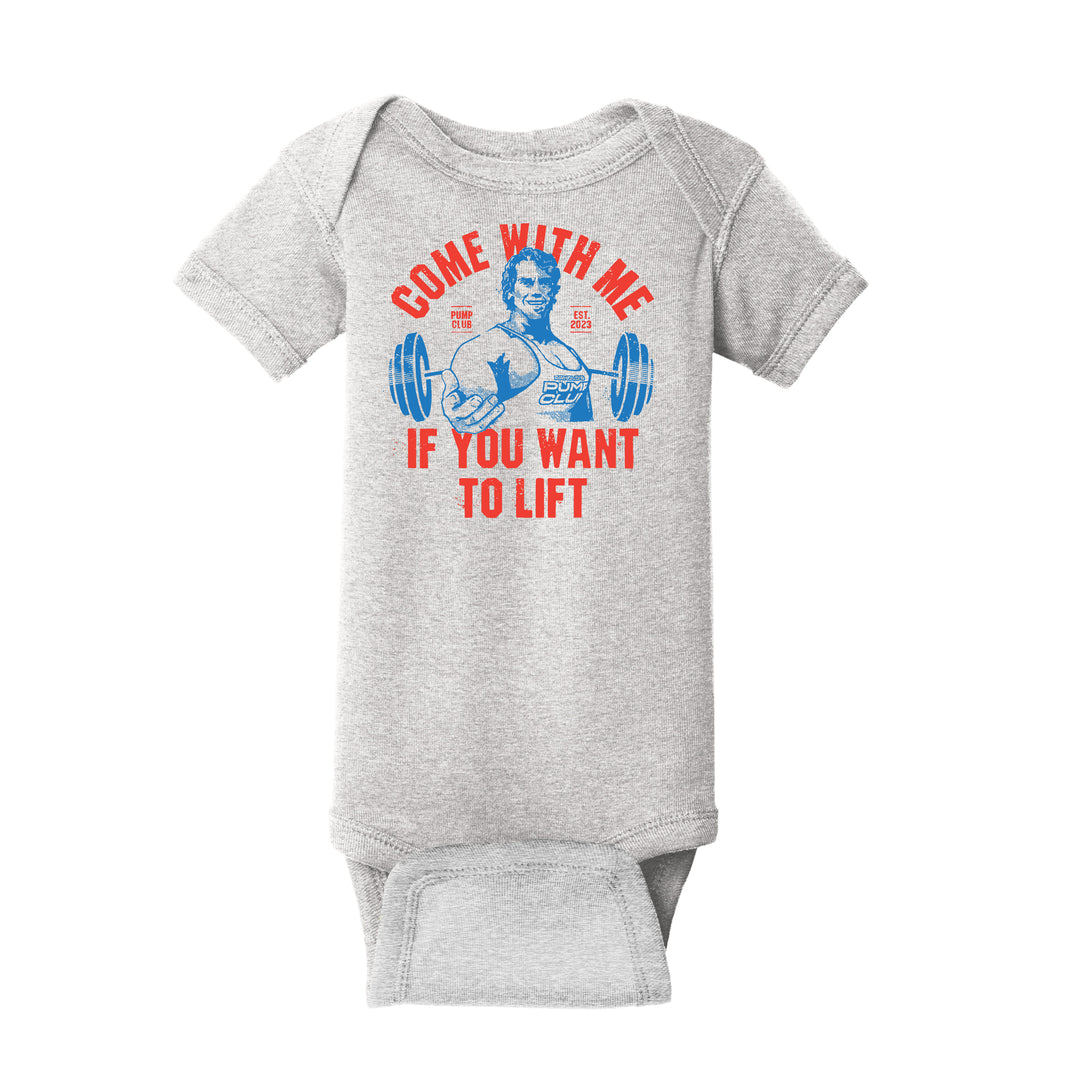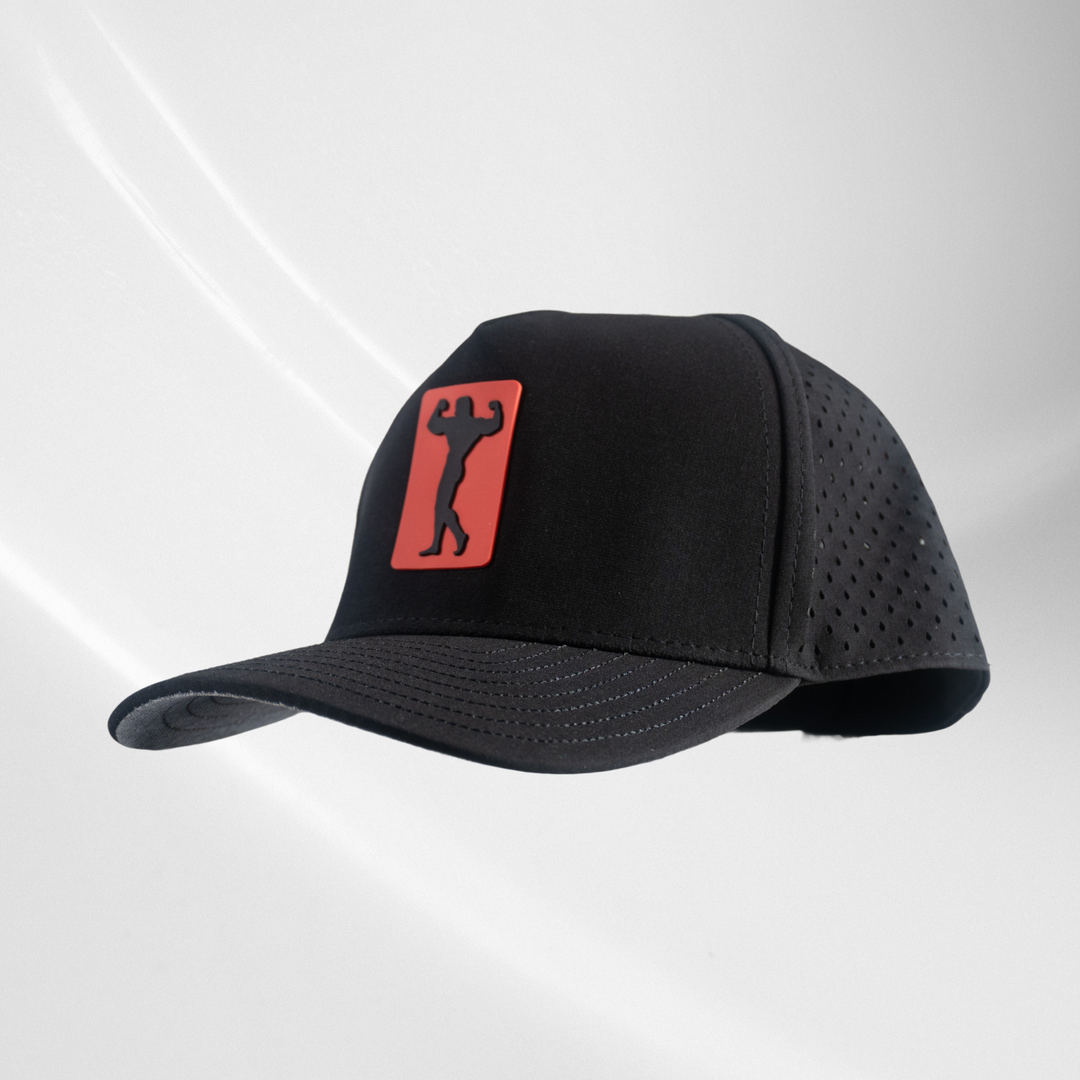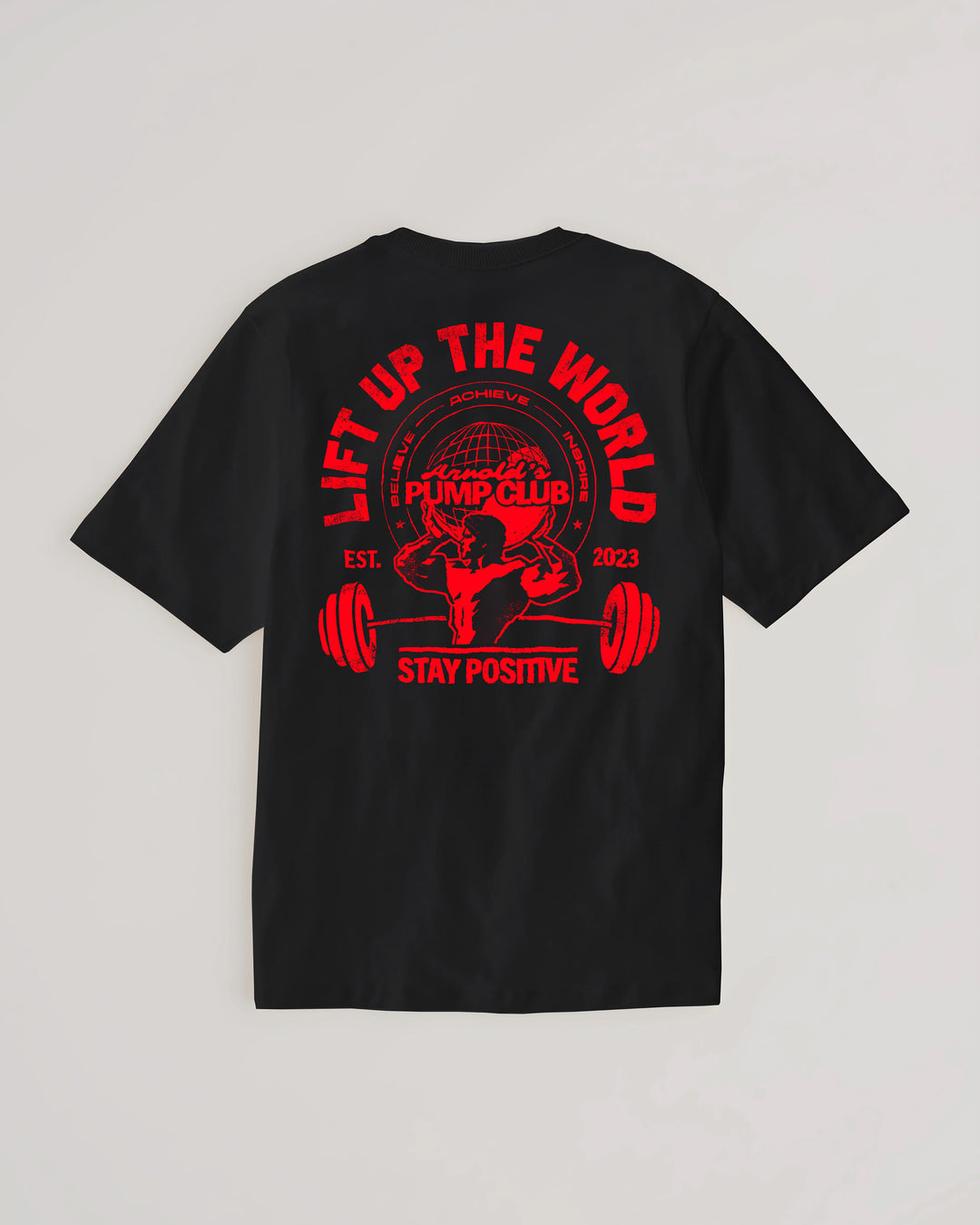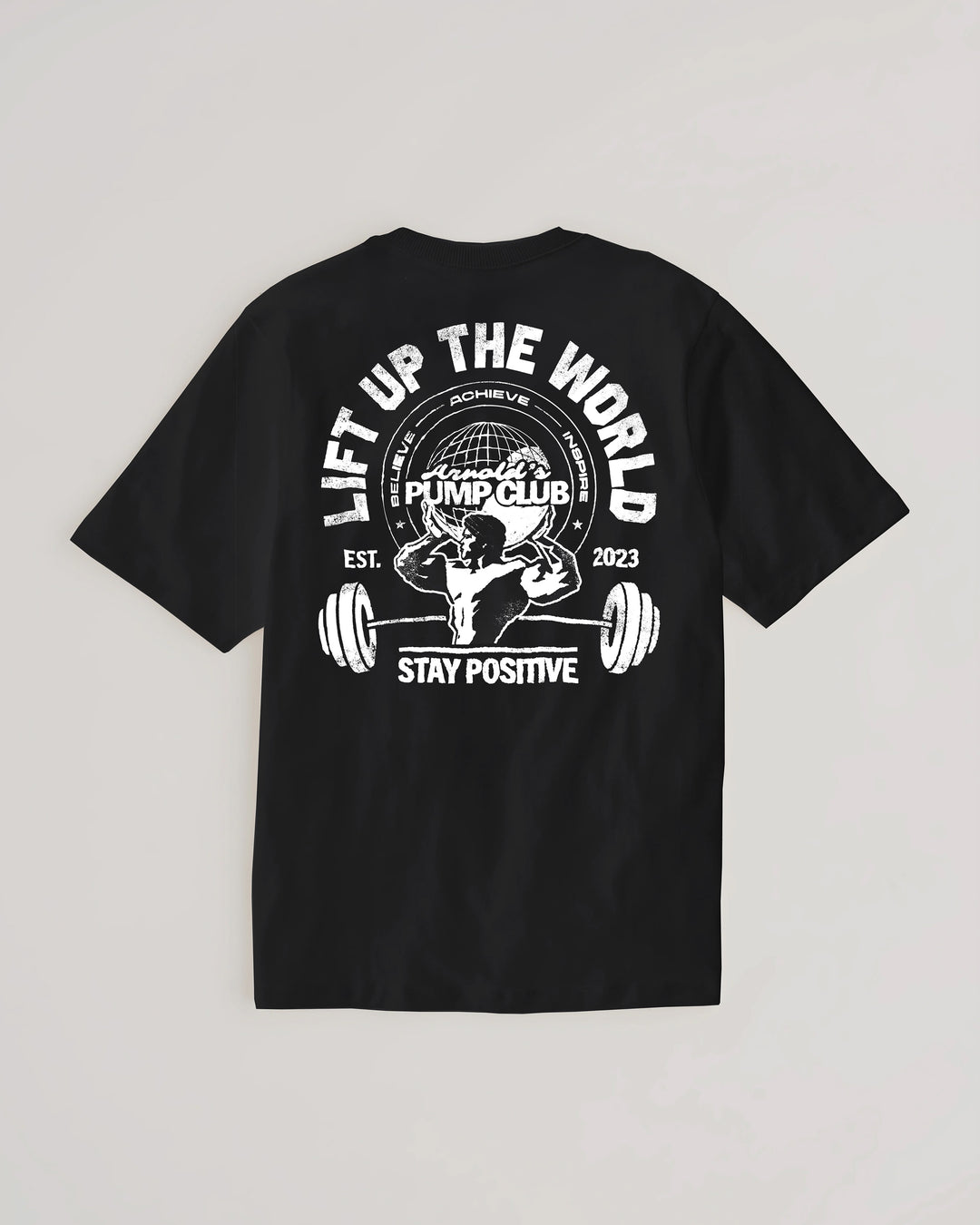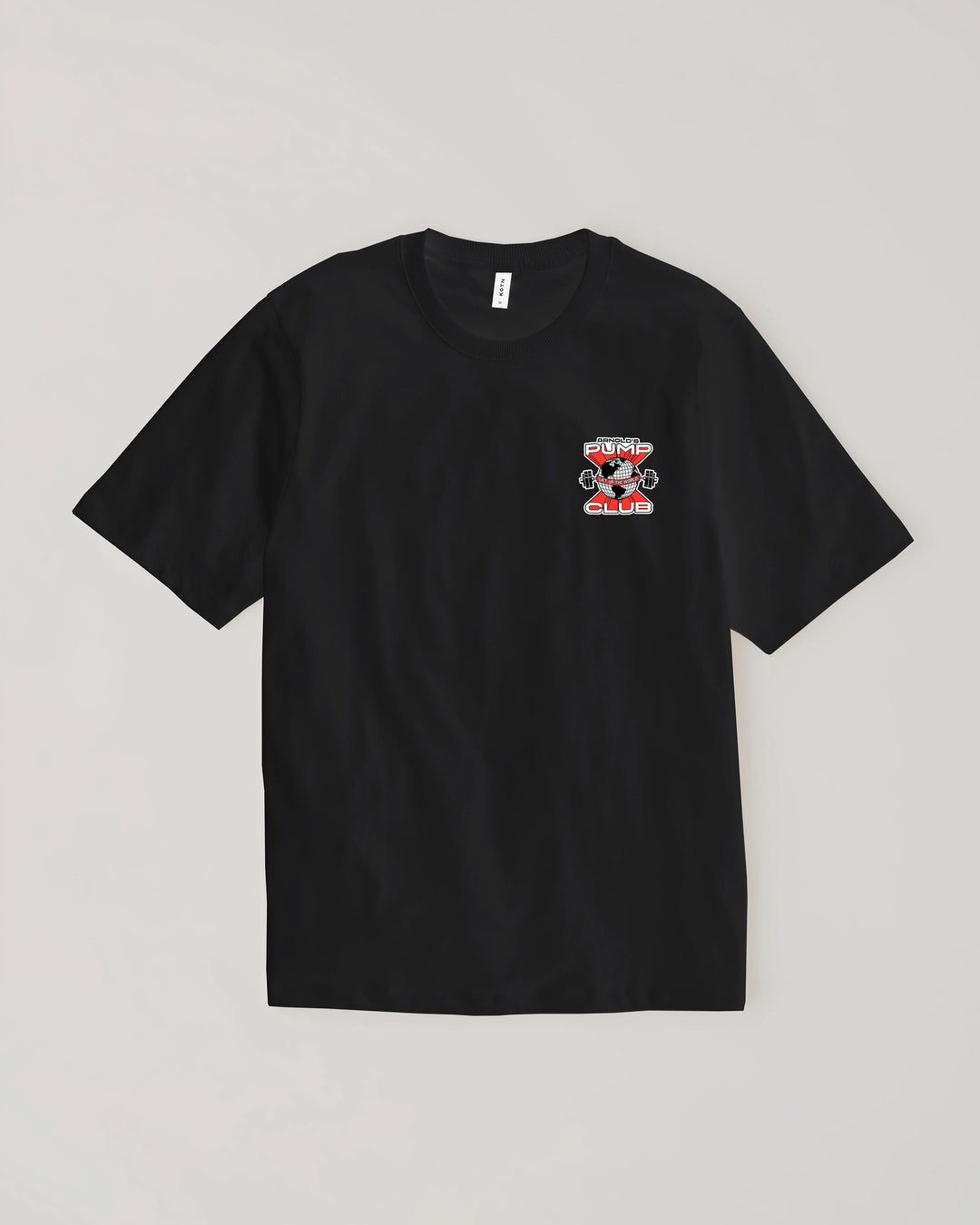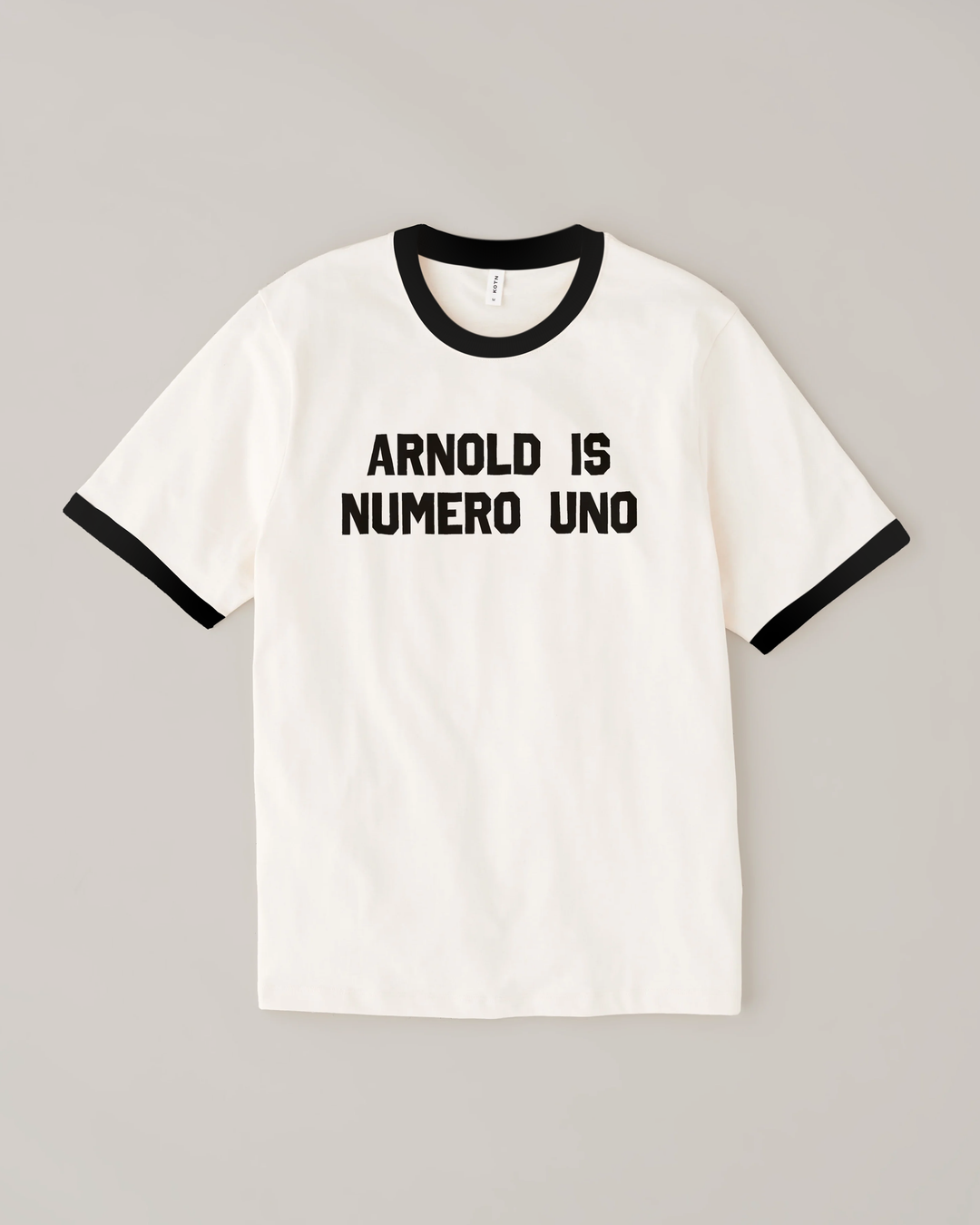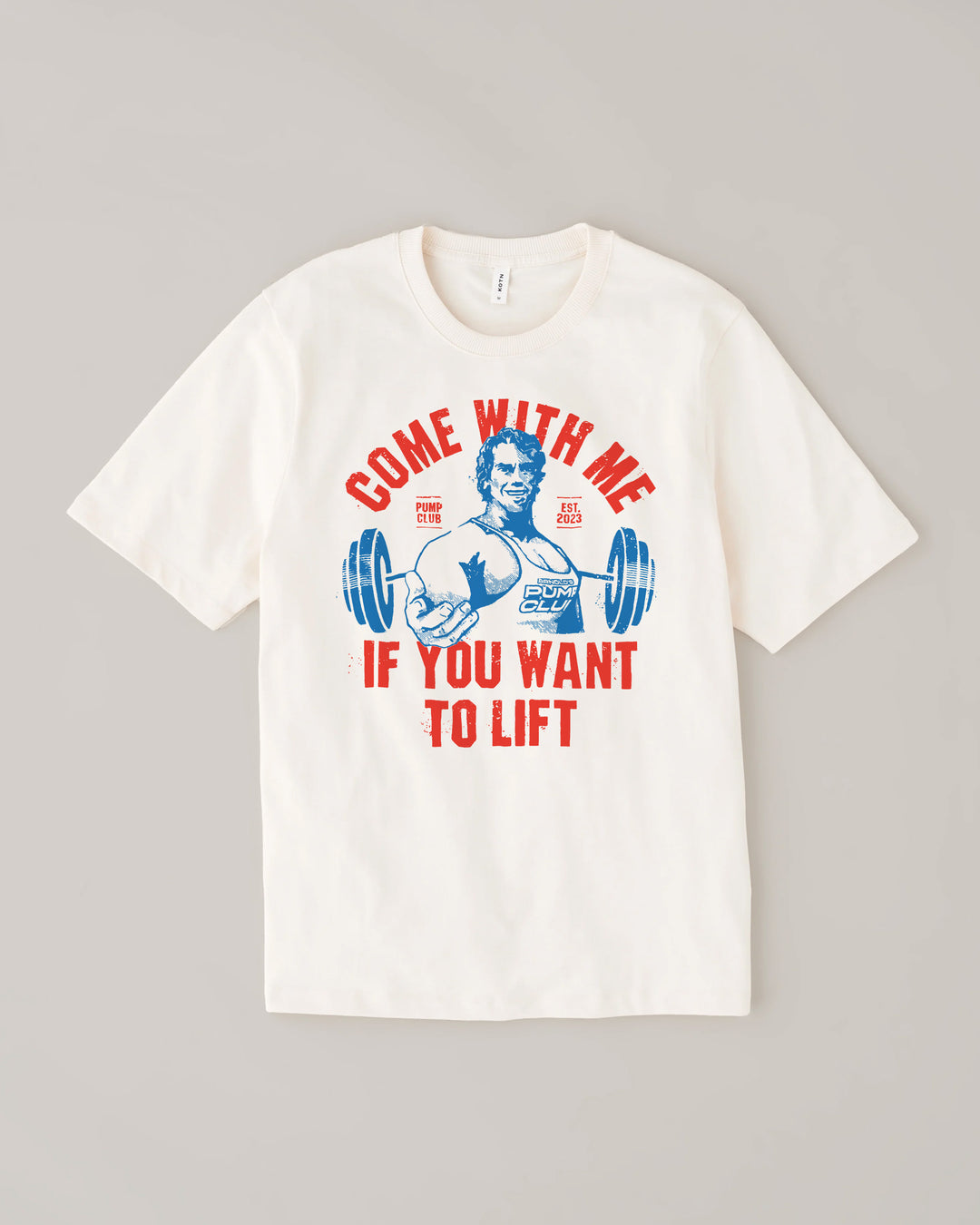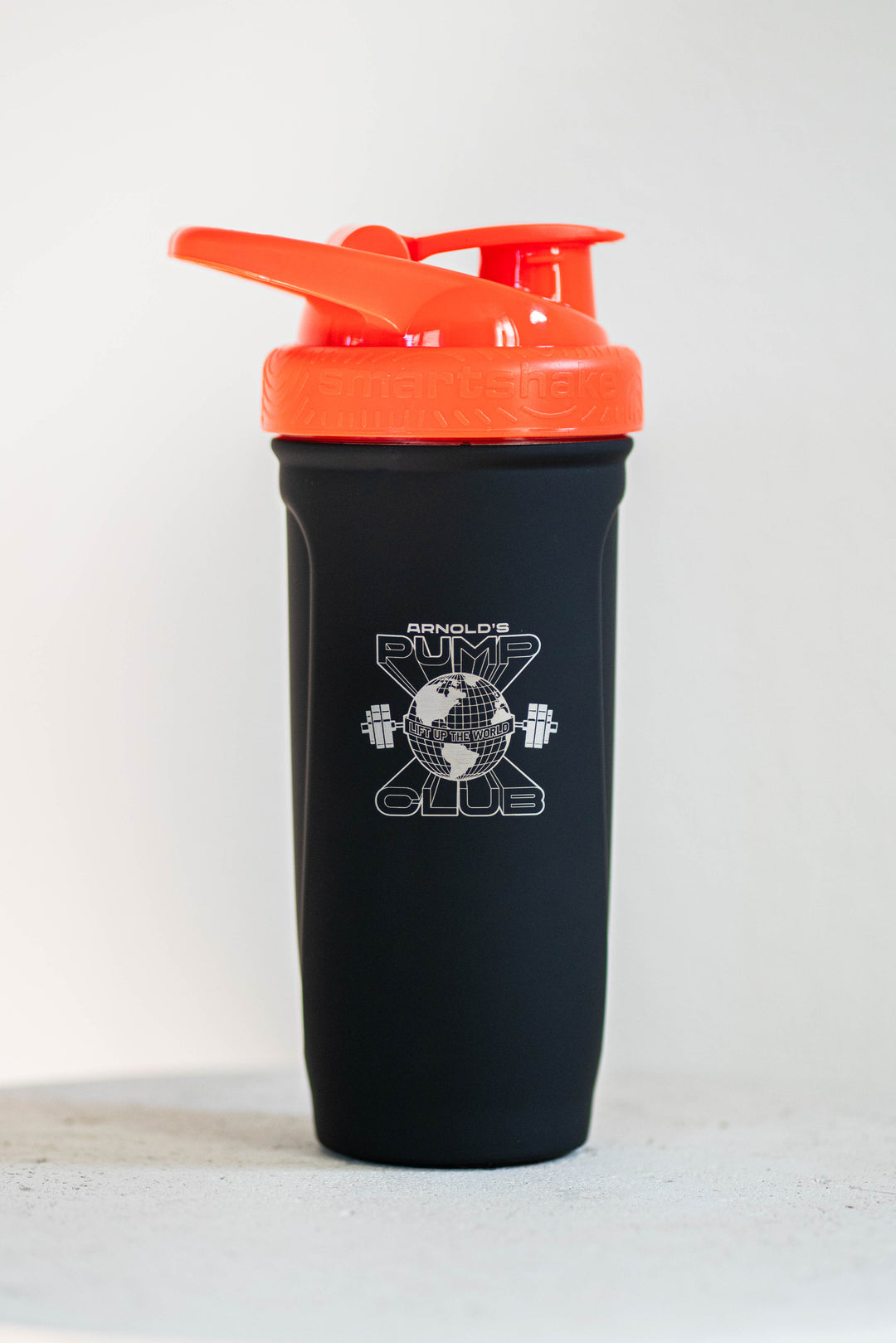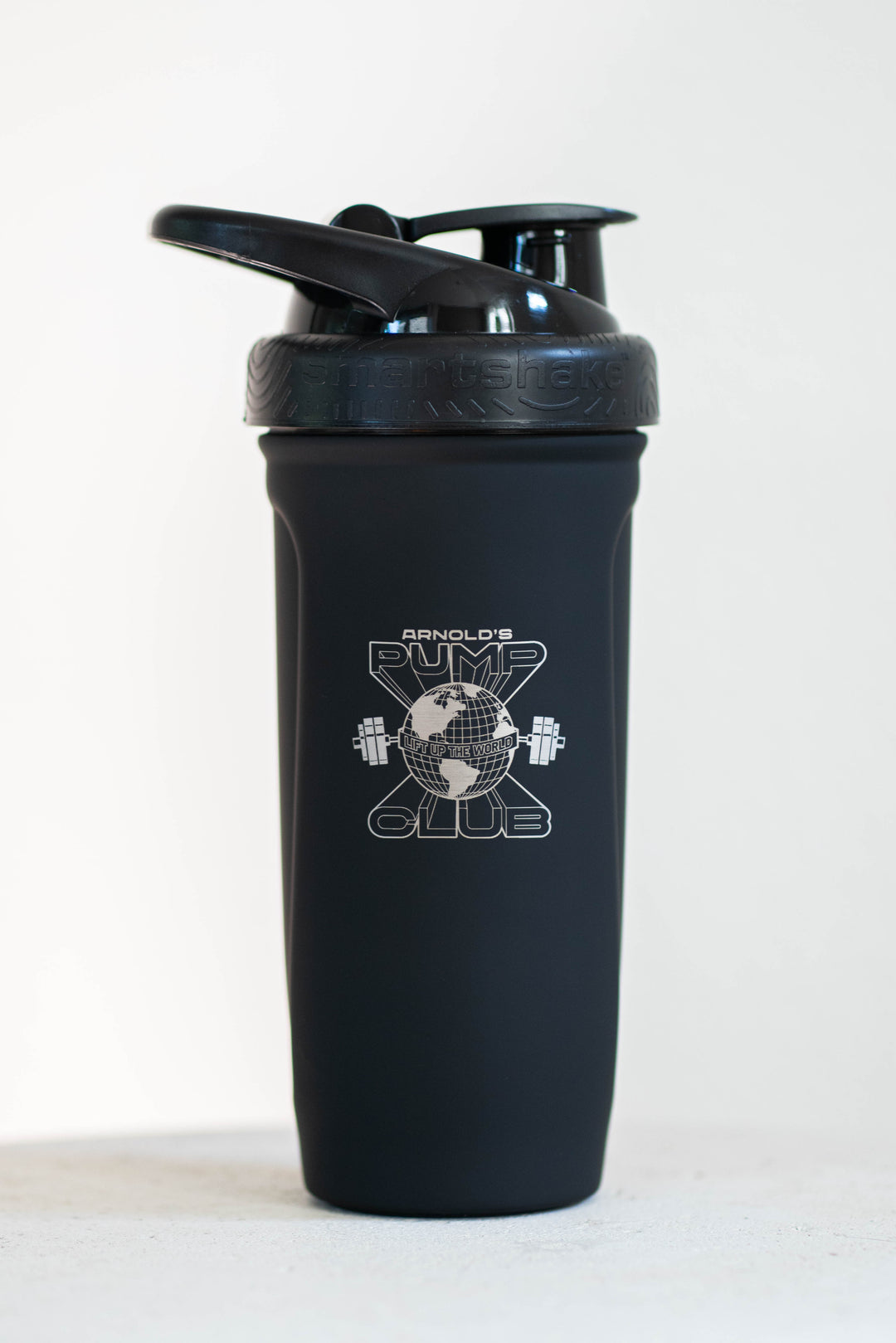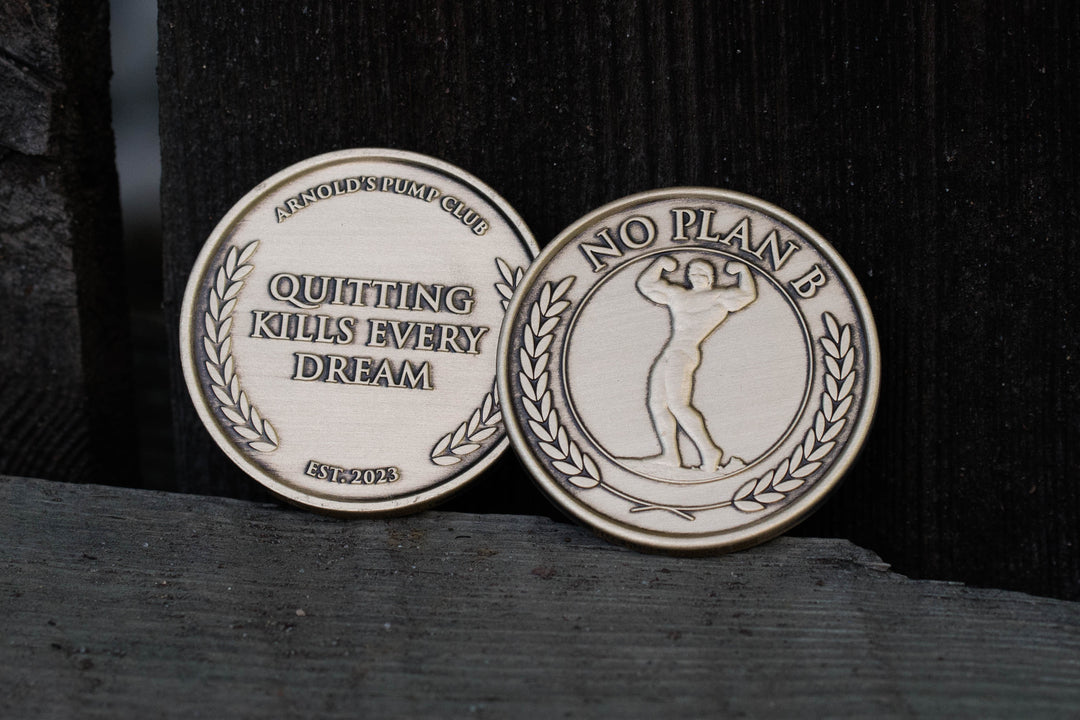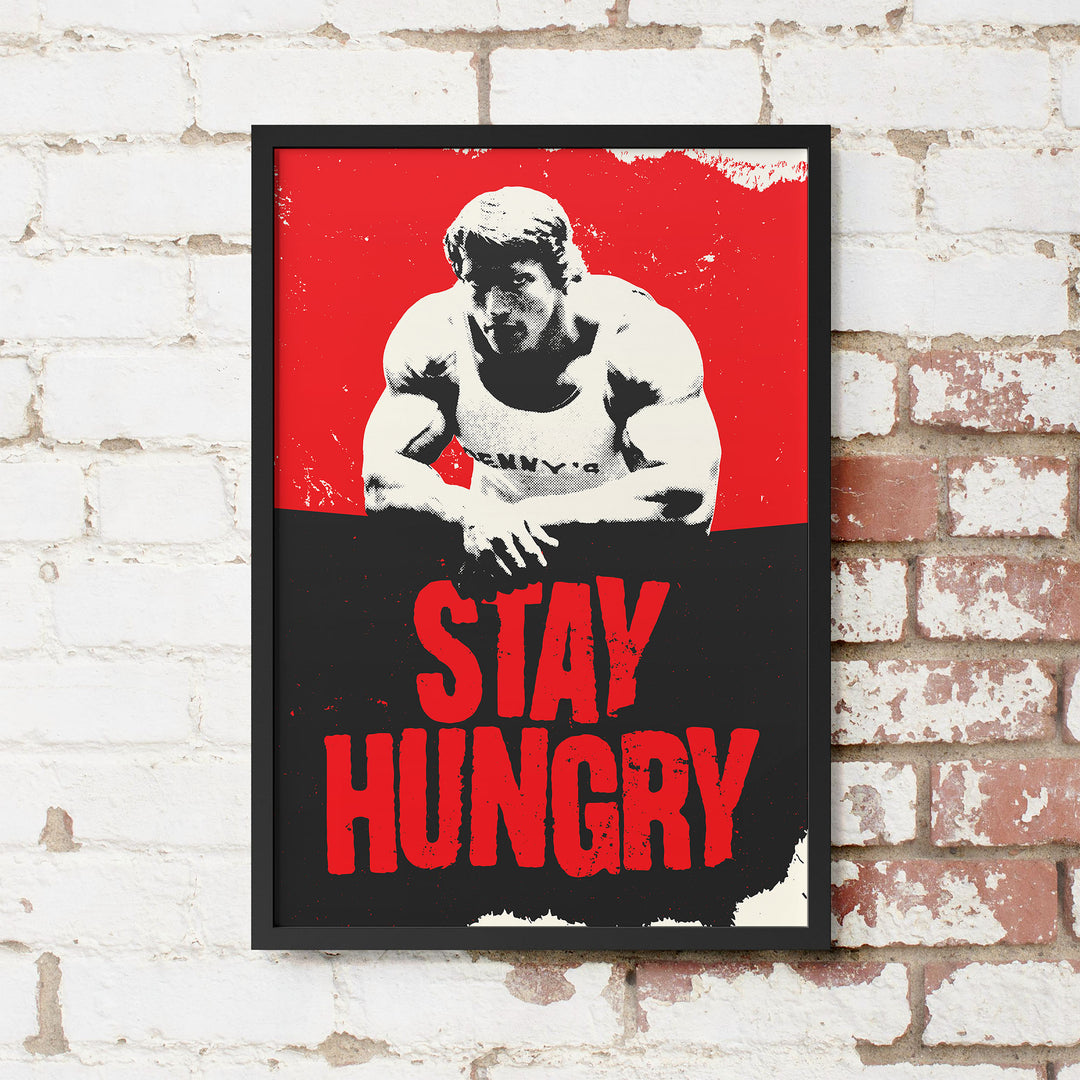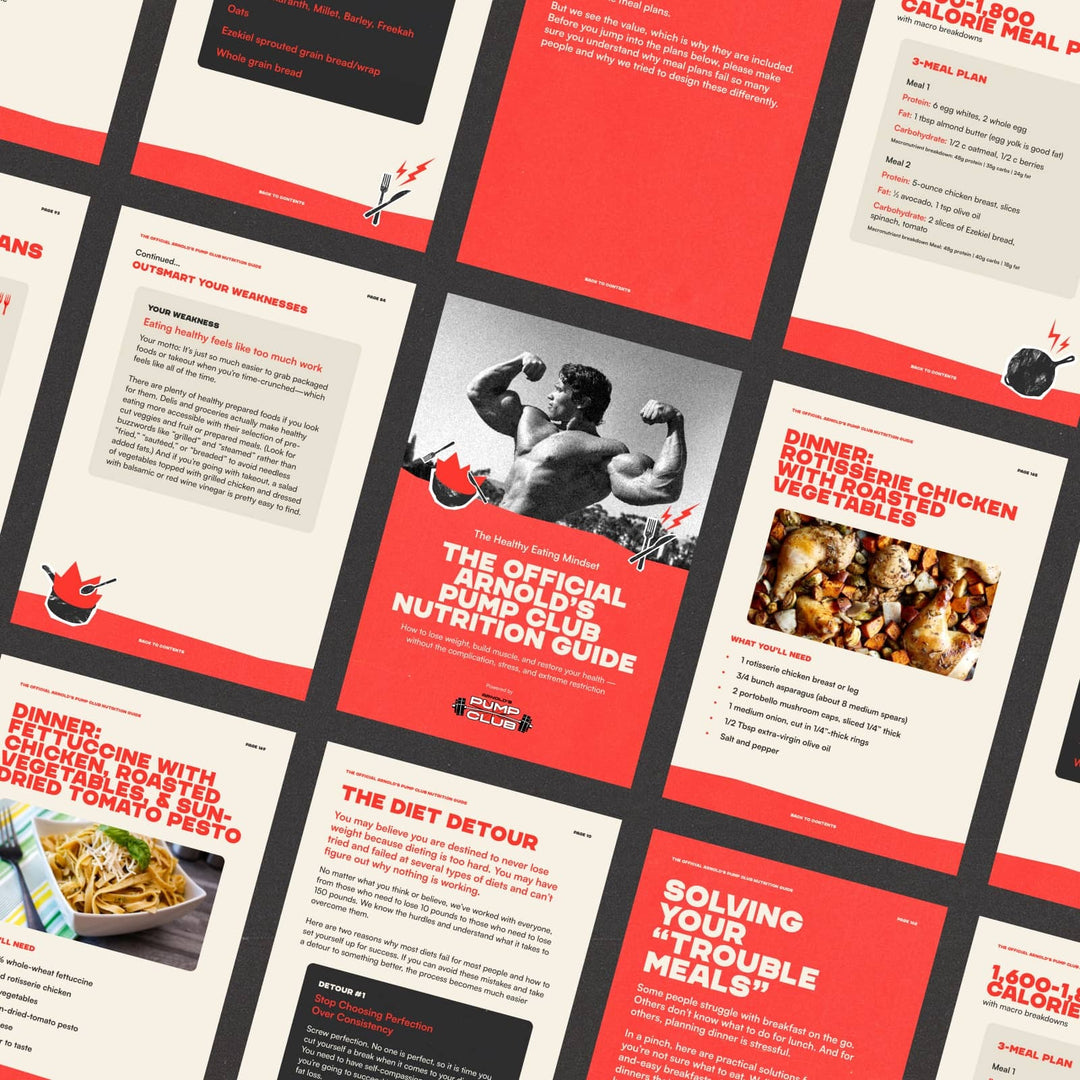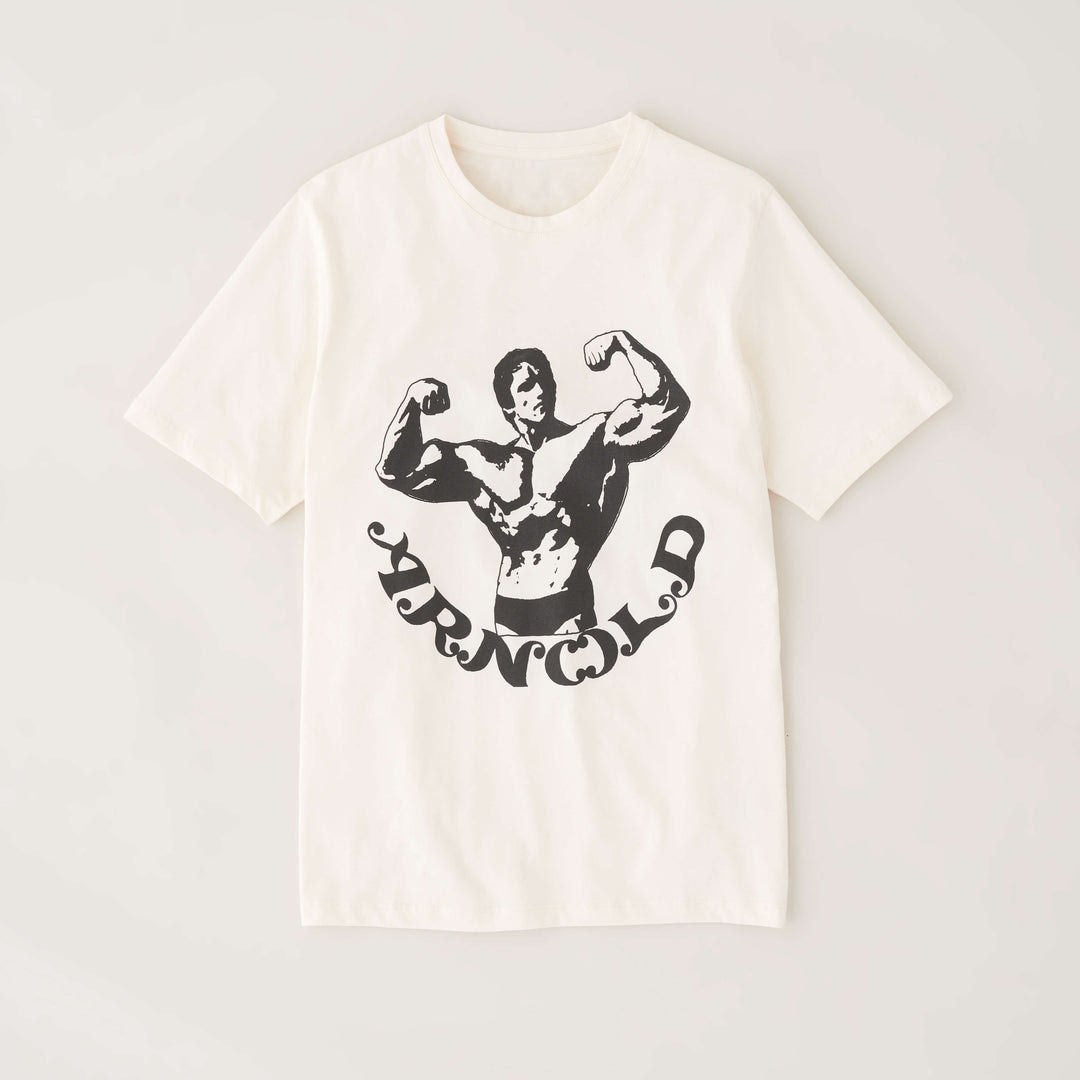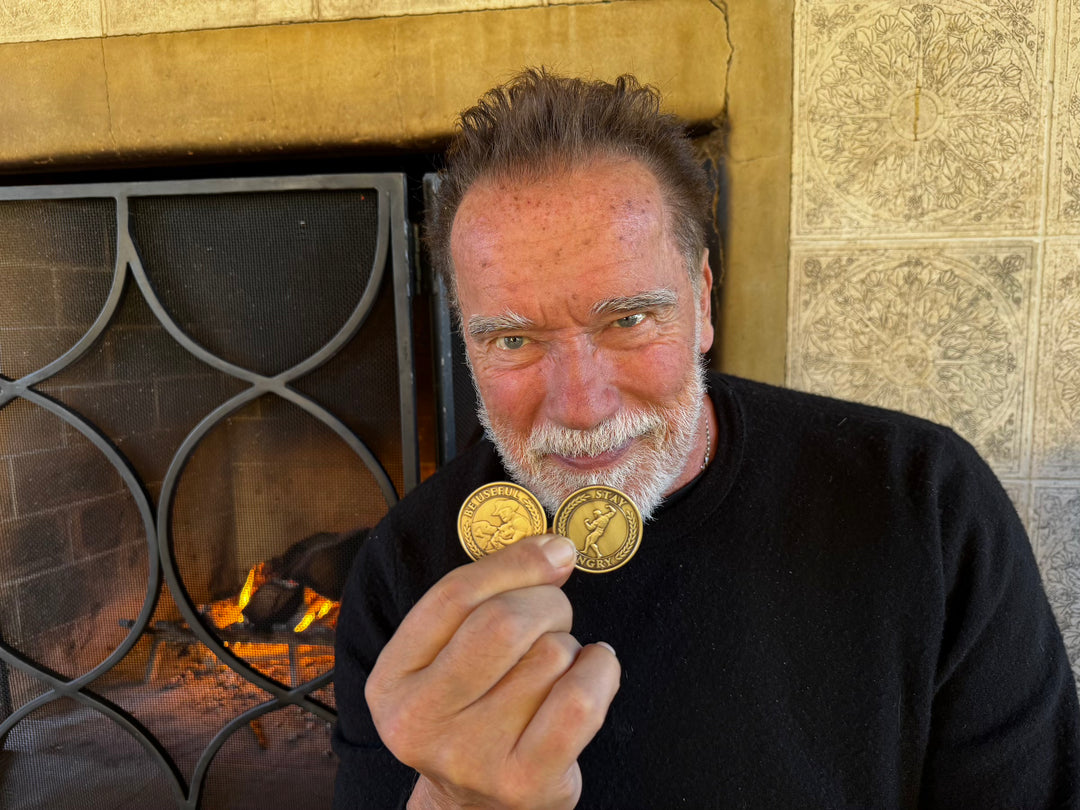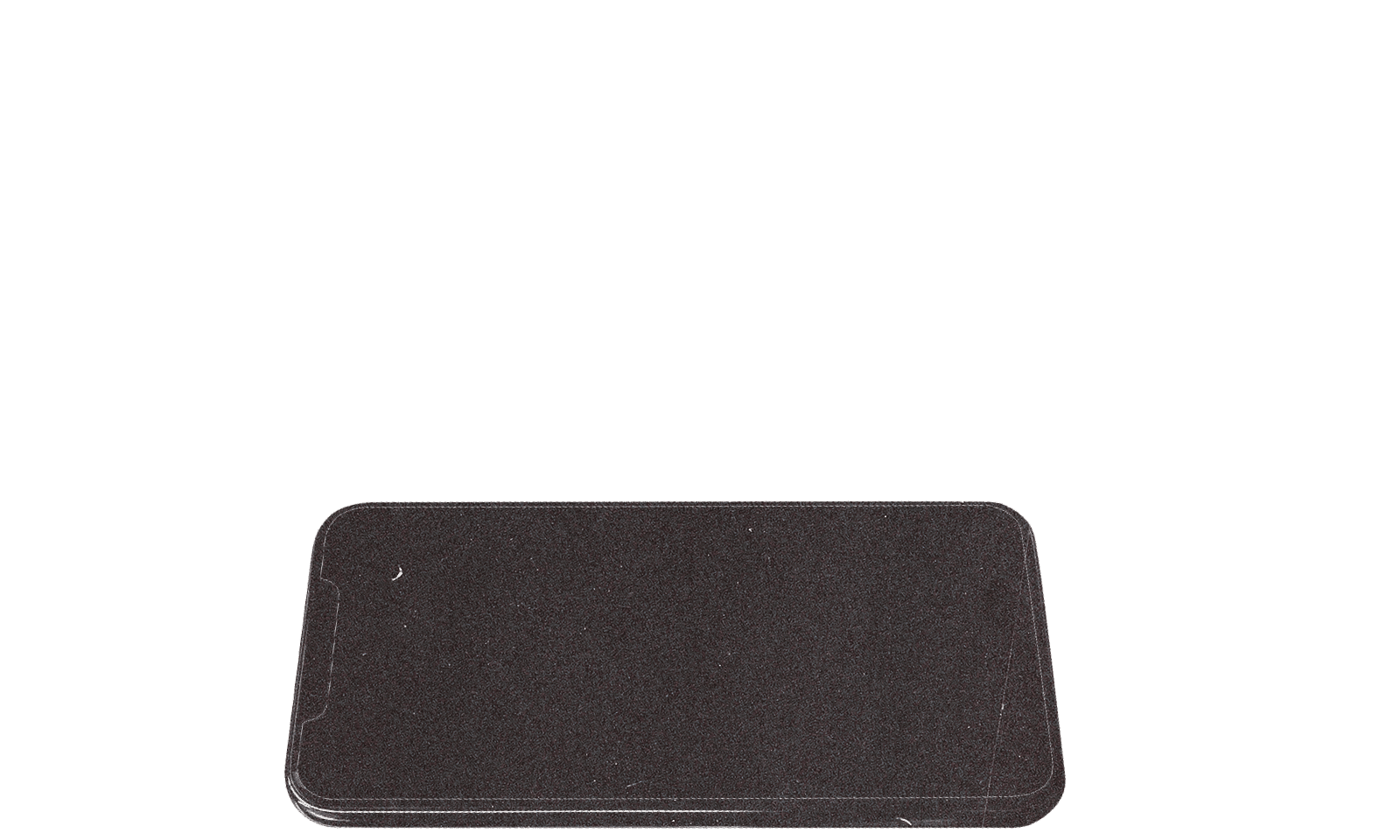Welcome to the positive corner of wellness. Here’s a daily digest designed to make you healthier in less than 5 minutes. If you were forwarded this message, you can get the free daily email here.
Today’s Health Upgrade
Arnold’s Monday motivation
The takeout diet
Workout of the week
Monday Motivation With Arnold
Years ago, before I was the Arnold you know now, I ran into Henry Kissinger (former Secretary of State, National Security Advisor, and Nobel Peace Prize winner). He was probably like I am for many of you — someone I saw on TV all the time. I read whatever he wrote, and I was blown away by his intelligence. It was a big deal for me, so I had to use my opportunity to ask him a question.
“How are you so calm and collected in all of your interviews?”
He gave me advice I’d never forget. “Arnold, the trick is, I start out by asking the interviewer questions. I show that I’m curious about them and want to know about their life. It throws them off wanting to interrogate me and it also puts my mind at ease since now it isn’t an interview where I’m waiting nervously for the first question; it’s just a regular conversation.”
Last week I talked about listening to people because sometimes they need to be heard. This week, I want you to try to go a step further: be curious about people. You never know what you’ll learn.
As a bonus, when you go on the offensive and start asking other people questions, you’ll find it eases any anxiety you might have about conversation or even a job interview. It’s a skill that will help you in all aspects of your life. I’ve been lucky to meet almost all of my heroes — from Nelson Mandela to Mikhail Gorbachev — and one thing they have in common is never-ending curiosity. They’re always hungry for more information.
A few years after my conversation with Kissinger, I had a big interview: I was sitting down with Barbara Walters for the first time. While we were getting settled, I said, “Who is one of your favorite interviews?”
Barbara lit up, and she told me that Henry Kissinger was a fantastic interview. She went on and on about how he always wanted to know everything about her, and we both relaxed more as we laughed about it. I couldn’t help but start the interview with a smile; the only reason we were talking about Kissinger was that I’d started out by using what I’d learned from him. I’d become the questioner.
Spend this week being as curious as you can, and tell me how it works out for you. Stay hungry.
The takeout diet
We don’t need to tell you that 2020 changed a lot of things. But a subtle shift in how we eat is impacting our health.
People are ordering more takeout and drive-through meals than ever. Delivery is up more than 5 percent, and drive-through is up 13 percent, according to the National Restaurant Association. And the data suggests these eating habits have a cost.
Eating one meal away from home per week translates to adding roughly two extra pounds each year, according to USDA research.
This doesn’t mean you have to avoid restaurants. But it does mean a little bit of strategy can make a big difference. One study found that participants who were given nutrition strategies lost 4 pounds despite not eating takeout less often.
The ability to take the stress out of eating — and not avoid everything you love — can be a life-changing decision that makes it easier to stick to your plan.
Here are a few things that can help:
Don’t skip meals when you have takeout. Some people try to “save room” for delivery, but that just leaves you hungrier and more likely to eat more than you normally would.
Order all dressings and marinades on the side and only use half. (they are often where most hidden calories get inflated).
Ask for ¼ the oil (it's easy in today's apps, you won’t notice a difference in taste, and it can save you hundreds of calories)
Eat protein first in the meal
Take your time enjoying your meal. Your body takes approximately 20 minutes to process the food you eat. Oftentimes, you keep eating not because you’re hungry but simply because you eat too fat.
Add it all up, and you don’t have to lose your mind or feel guilty after every takeout order.
Workout of the Week
Your body does NOT need weights to change; it requires resistance. When machines, dumbbells, and barbells are not available (or unwanted), your body weight can be used to create an amazingly effective workout that builds muscle.
As we previously shared, research suggests that intensity — not the amount of weight you use — drives muscle growth. In other words, you can use heavier or lighter weights as long as you push yourself near the point of failure.
To find the sweet spot with bodyweight exercises, try supersets, giant sets, and circuits to add more volume and use “self-limiting” exercises. Self-limiting movements — like push-ups and inverted rows — reduce your injury risk because when you can no longer complete any reps, you simply stop moving (without the fear of a barbell crushing you).
Here’s an example of a bodyweight, muscle-building workout that will prioritize intensity, focus on self-limiting exercises, and move at a pace where you will exhaust your muscle and force them to grow.
How to do it: Perform this workout as a giant set, meaning you’ll do one exercise after another, resting as little as possible between exercises. After you complete all the movements, rest for 3 minutes, and then repeat another 2 to 4 times.
1A. Inverted row: AMAP (“as many reps as possible,” until you can’t do them correctly)
1B. Inverted row hold: 10 seconds (on your last rep of inverted rows, pull your chest to the bar, and squeeze your shoulder blades together, holding as long as possible)
1C. Pushups: AMAP
1D. Plank: 10 seconds (on your last rep of pushups, hold your body in the plank position, pushing down through your palms, creating tension in your arms, chest, and abs)
1E. Alternating reverse lunges: 10-20 reps
1F. Bodyweight squats: AMAP
1G. Squat hold: 10 seconds (on your last rep of squats, lower your body and hold the bottom of the squat for 10 seconds)
1H. Glute-hamstring walkouts: 60 seconds
Give it a try, and let us know how it goes!
—

Lift your friends up, get a personalized, signed copy of my Encyclopedia of Bodybuilding
Help me with my fitness crusade and recruit new members. Share your referral link and if 2 people sign up for The Pump Daily, you’ll be entered to win a personalized, signed copy of my Encyclopedia of Bodybuilding. Five winners will be selected.




